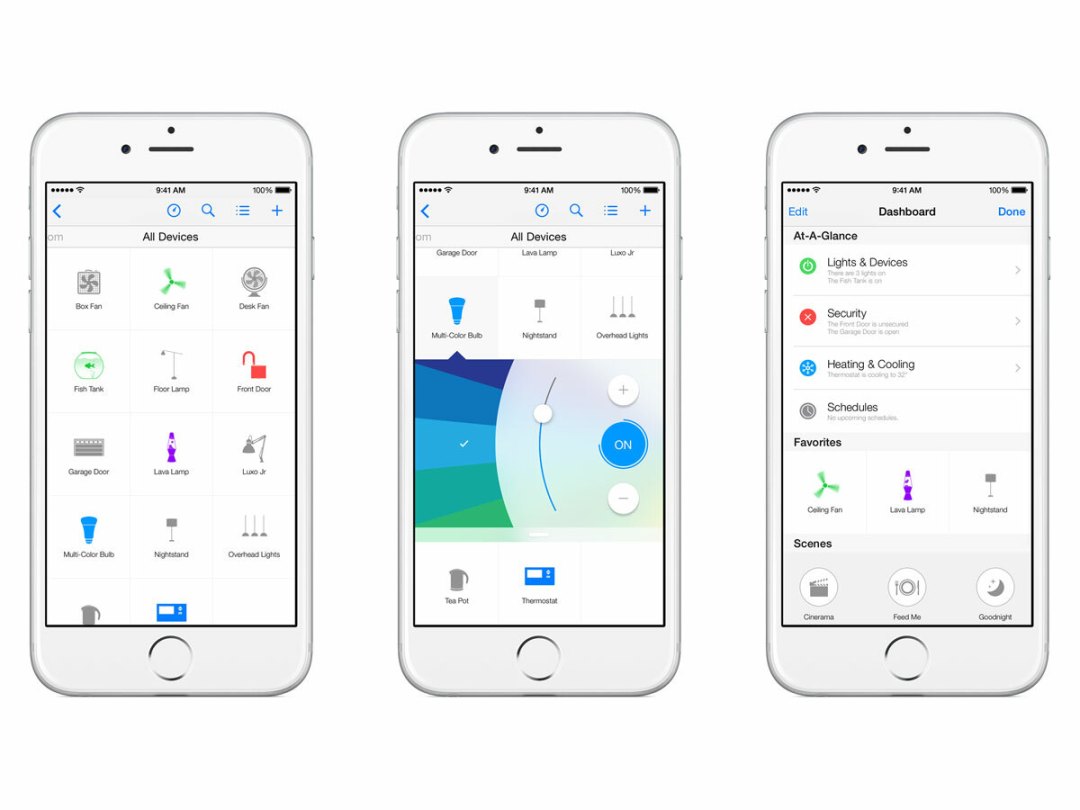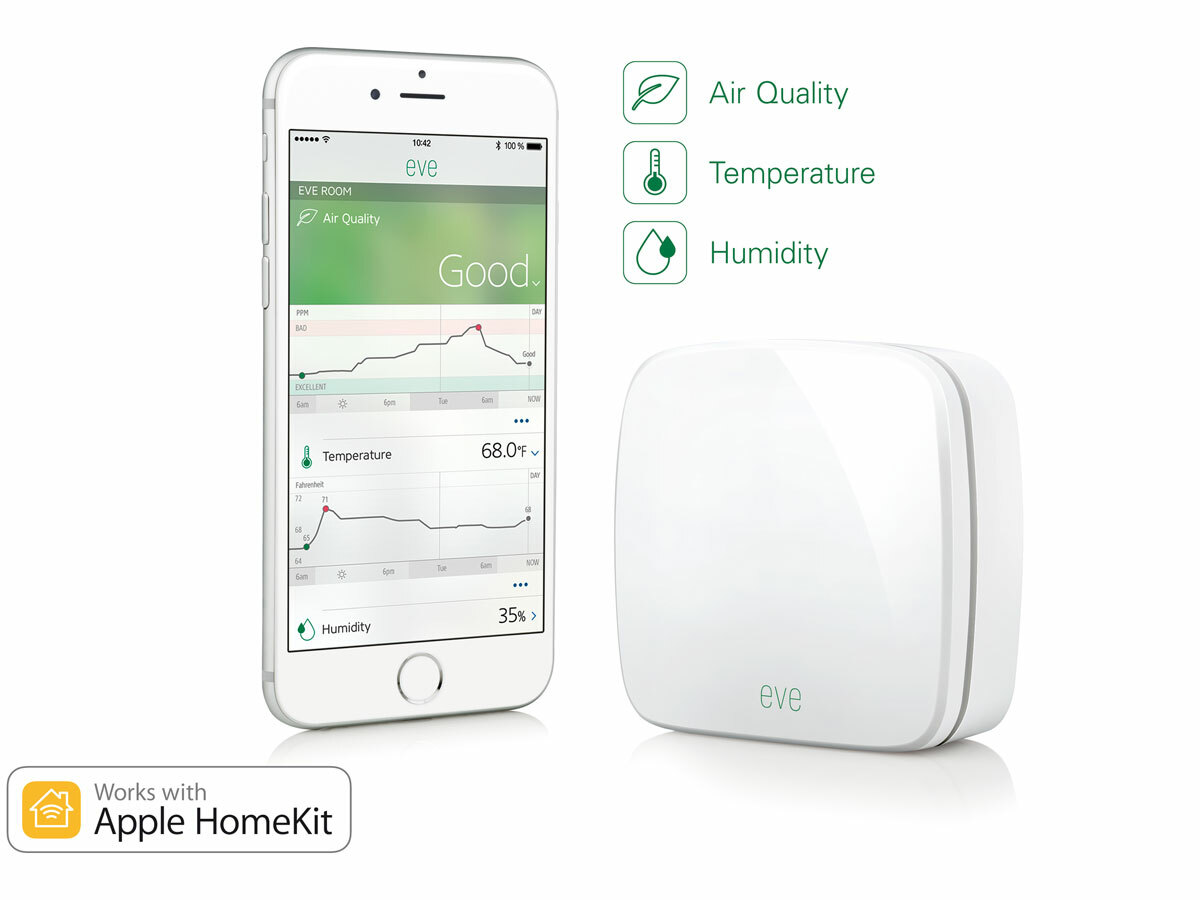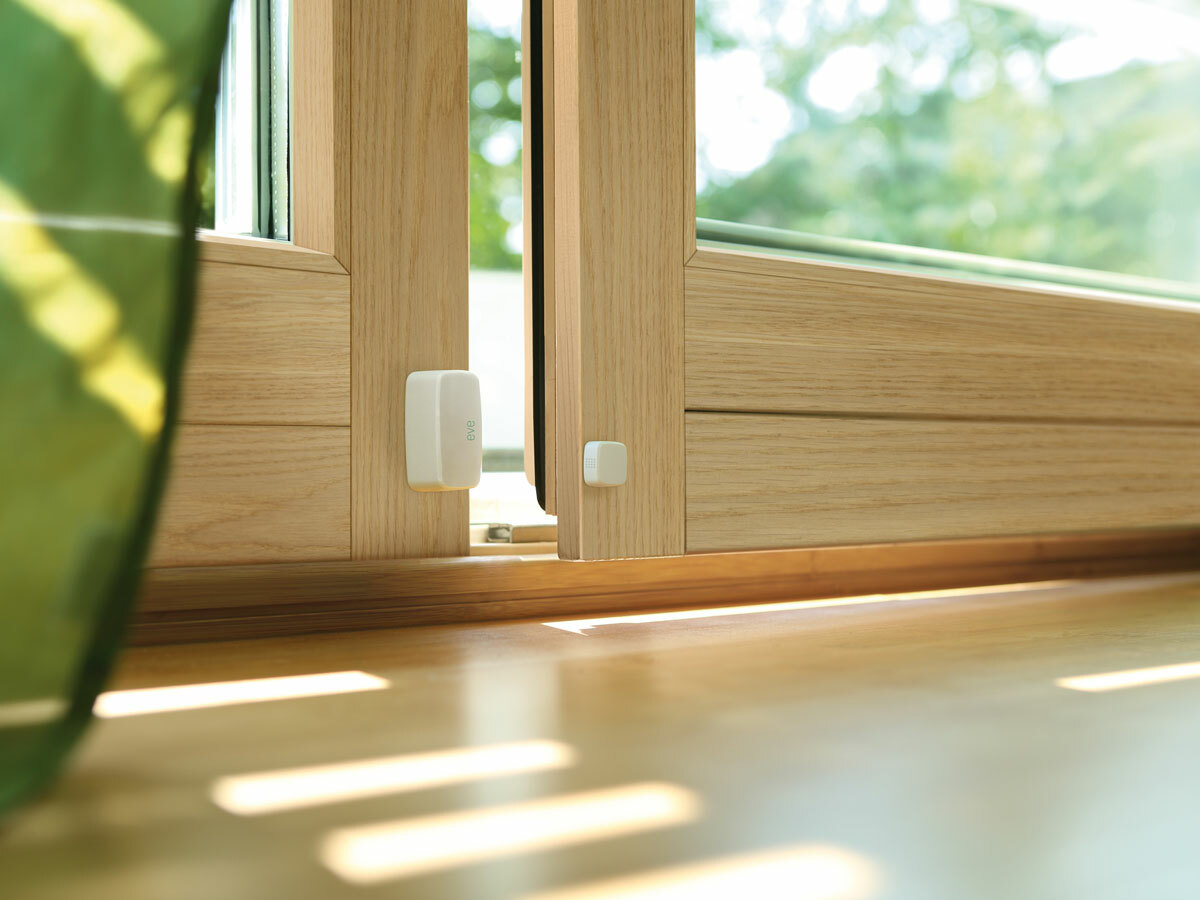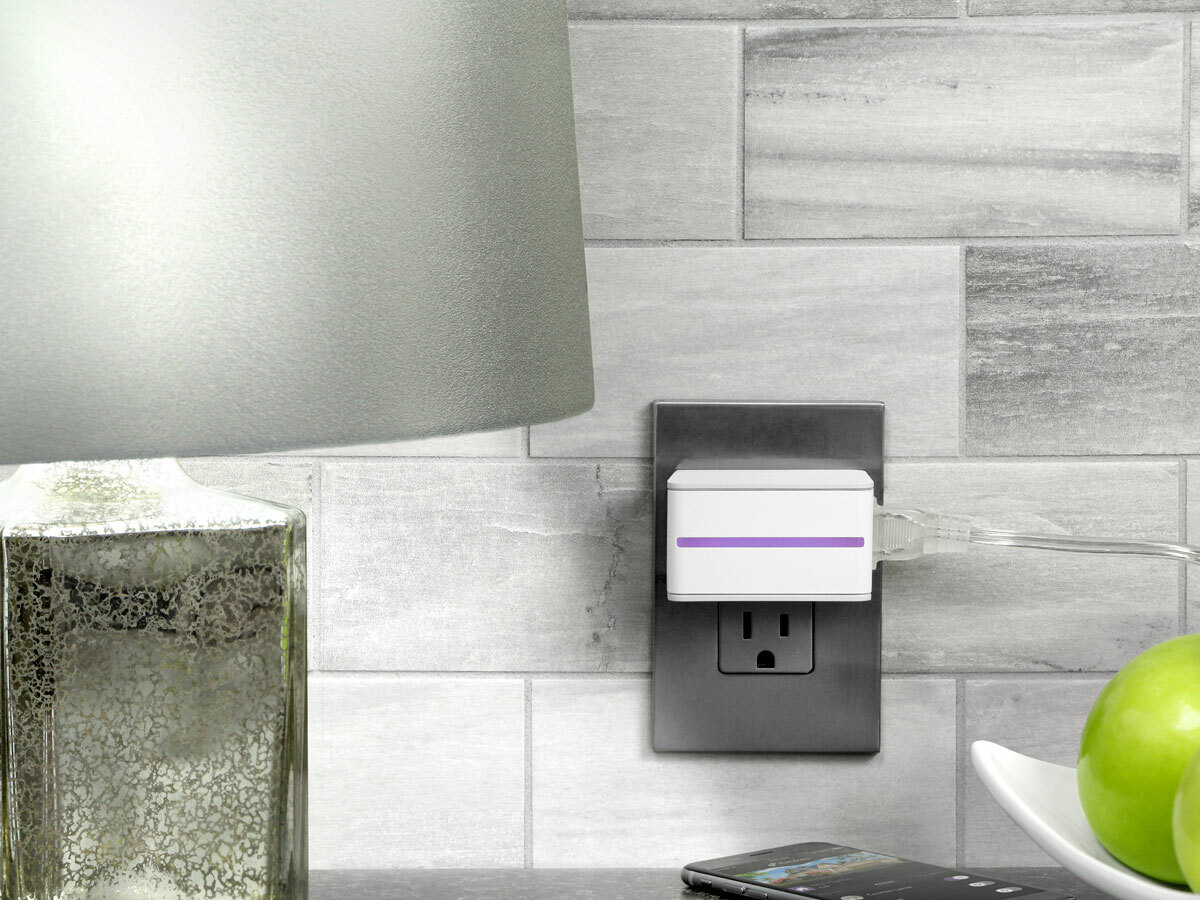Apple HomeKit preview
Apple's smart home solution is finally here (nearly) - and well worth the wait

Apple’s take on the smart home has been on the way for what feels like forever. But now, finally, it’s here.
Or rather it almost is: the full launch appears to be heavily tied in to iOS 9, so expect there to be lots of new details revealed at tonight’s iPhone event. But if you want to get ahead of the curve, continue reading – because I’ve already had a sneaky peak at HomeKit in action.
Tying up those smart-home threads
The smart home promises genuine liberation. Liberation from ever again needing to lift our fat bottoms off the sofa in order to dim the lights, for starters.
More importantly, it promises to usher in a brave new world in which every appliance in our home is connected to the internet and to every other appliance, meaning that our lights, locks and heating can all be integrated, controlled via our phones and even automated entirely. The opportunity for increased laziness is just an added benefit.
That promise has in fact existed for what seems like a lifetime now: there are already scores of smart security cameras, smart heating systems, smart lighting systems and so on. Trouble is, unless you’re prepared to get very tweaky or spend a load of money on a custom install, none of them work very well together.
HomeKit is all about changing all that.
Apple isn’t (yet) developing its own smart home devices. It isn’t even (yet) developing its own smart home app. Instead it’s creating a framework that other manufacturers and developers can be a part of.
RELATED › Samsung SmartThings preview
Works With Apple HomeKit

That framework is called Works With Apple HomeKit and it, er, works much like the Made For iPhone program – Apple sets out specific hardware and software requirements, certifies the devices and apps that meet them, and then allows those devices and apps to use a label that immediately tells a potential customer that what they’re looking at is Apple approved and will work with every other Works With Apple HomeKit device.
The idea is that there should be no fear in buying a smart plug from iHome, lightbulbs from Philips Hue and a thermostat from Ecobee – these will all work seamlessly together in the HomeKit system.
HomeKit devices available now and coming soon
Wondering what HomeKit accessories are already out there and which might be worth waiting for? Here's a list of every one we know about:
Available now: Lutron Caseta lighting, Insteon Hub, Elgato Eve sensors, Ecobee thermostat
Coming this Autumn: GridConnect, iHome and iDevices plugs, First Alert smoke alarm, iDevices and Honeywell thermostats, Philips Hue lighting, Schlage door locks, Pella shades and door/window sensors, Honeywell alarm system
The privacy issue

The rules and requirements that Apple insists upon for HomeKit certification are understandably tough, and many revolve around security. It’s apparently built-in at a foundational level – the company has worked with major chip makers such as Texas Instruments and Broadcom in order to build a secure protocol directly into the chipsets. Device manufacturers that want to create a HomeKit accessory can therefore include chips that have the required security standards already hardwired into them.
There’s end-to-end encryption between your iPhone and each accessory and any data that’s gathered as you set up your smart home is encrypted in your keychain. Apple has no access to it and continues to insist that it has no interest in its users’ data.
There are far smaller requirements for HomeKit certification, too, including a blinking LED to indicate a device is in pairing mode and a physical button for performing a reset.
A lot of this stuff may seem picky or draconian, especially to the device manufacturers that have to integrate features to satisfy Apple, but for the user it’s exceptionally important in order to build a level of confidence and familiarity, and Apple is perhaps the only company in the world that can make these kinds of demands and still have companies queuing up for certification.
A more open system might be appealing and might see loads of crazily brilliant devices appear, but how secure would it be? And what guarantees would you have that the devices would work well together, if at all?
On the other hand, any company could introduce a new smart home standard with very strict certification criteria, but would enough device manufacturers go to the effort or expense of being a part if it? I’d suggest that only Apple has the guaranteed clout for that. Although I’m very happy to be proved wrong by Samsung’s Smart Things.
RELATED › The best smart TV streaming boxes
Setting up is easy
Setup here certainly looks pretty effortless. You take your new HomeKit device and put it in discovery mode, open any HomeKit app (it doesn’t have to be the one the device manufacturer makes or recommends) and tap Add A Device. The accessory is detected via Bluetooth or Wi-Fi (both are supported) and when you tap Next it’s automatically added to your home network – no searching for routers or trying to remember the stupid password you gave your stupid network all those stupid months ago.
Apple reckons that your system is most vulnerable at the moment you set it up, which is why there’s an extra security step here. Every manufacturer is required to provide a unique HomeKit setup code on every individual device. This will be printed on the device itself and in the packaging. In the case of the Ecobee thermostat, it even pops up on the display at the appropriate moment.
With iOS 9 you won’t even have to manually enter these codes, but simply scan them using the camera as you would a credit card for Apple Pay. Once scanned in, the handshake is made and the end-to-end encryption is in place.
At this stage, things go very Sonos. You first name your device and then select a room for it. Because the room is a separate entry, something simple and descriptive will do for the name: light, thermostat, lock, etc. That will make it easy to understand what you’re controlling at any time and help Siri understand phrases such as “turn off the lights in the lounge”.
Once you’ve enabled and named an accessory in one app it automatically becomes available in every other HomeKit app.
Picture the scene

Siri is unsurprisingly pretty core to Apple’s HomeKit plans, and works rather nattily with what the company calls “Scenes”. These are essentially macros that perform functions using a number of your different devices. Apple has built four default Scenes into the HomeKit platform: Good Morning, I’m Leaving, I’m Home and Goodnight.
Say “I’m Leaving” to Siri (this will be supported by Watch as well as iPhone when OS 2 arrives) and if you’ve got the kit and have added it to the Scene your door will lock, your lights will turn off and your heating will turn down.
But Siri is far from the only way to activate a Scene – they can also be tied to triggers. How about having your blinds automatically close when it gets dark? Or your heating come on when you get within a mile of home? These sorts of IFTTT-like functions are all supported.
You can of course customise the existing Scenes and create new ones yourself. One example I was shown was “It’s party time!”, which dimmed the main lights, lowered the blinds and set a disco ball spinning. No, I don’t know anyone with a disco ball, either, but each to their own, eh?
You don’t even need to be in your house in order to control your HomeKit devices. Until now, remote access has only been possible by using the Apple TV as a gateway, but with iOS 9 iCloud control will allow you to operate everything directly, from anywhere in the world. Kinda makes you wonder whether a new Apple TV really will be announced tonight after all.
Unleash the app developers
I think the openness of the app platform is probably the most interesting aspect of HomeKit. That Apple isn’t building its own app seems surprising at first, but instead creating a platform that all device manufacturers and developers have access to should encourage real ingenuity. iDevices has already created a really nice UI for the Philips Hue lightbulbs, apparently, with features not in Philips’ own Hue app.
It’s going to be really exciting to see what the app development community can come up with over the coming months, and Apple says it’s going to highlight the best in the App Store. There will likely be a dedicated HomeKit section in there before long.
Developers are even getting access to the Apple Watch’s digital crown, haptics and animations. Dim your lights from your Watch, or when away, get a tap on your wrist followed by a door animation when your kids get home.
Apple HomeKit: Early Verdict

Apple is being typically Apple with HomeKit: It’s not doing smart home first (far from it) but it does appear to be doing it in a way that might finally take it mainstream.
Setup looks remarkably simple, there are going to be loads of compatible devices and identifying them is going to be easy, and the system looks really secure and infinitely customisable.
Expect HomeKit to feature fairly heavily in the iOS 9 portion of tonight’s keynote, and expect to have a whole load of HomeKit-certified devices on shelves by Christmas.
Read more › Apple 9th September iPhone event liveblog



